Contents
List of Figures
Guide
Pagebreaks of the print version
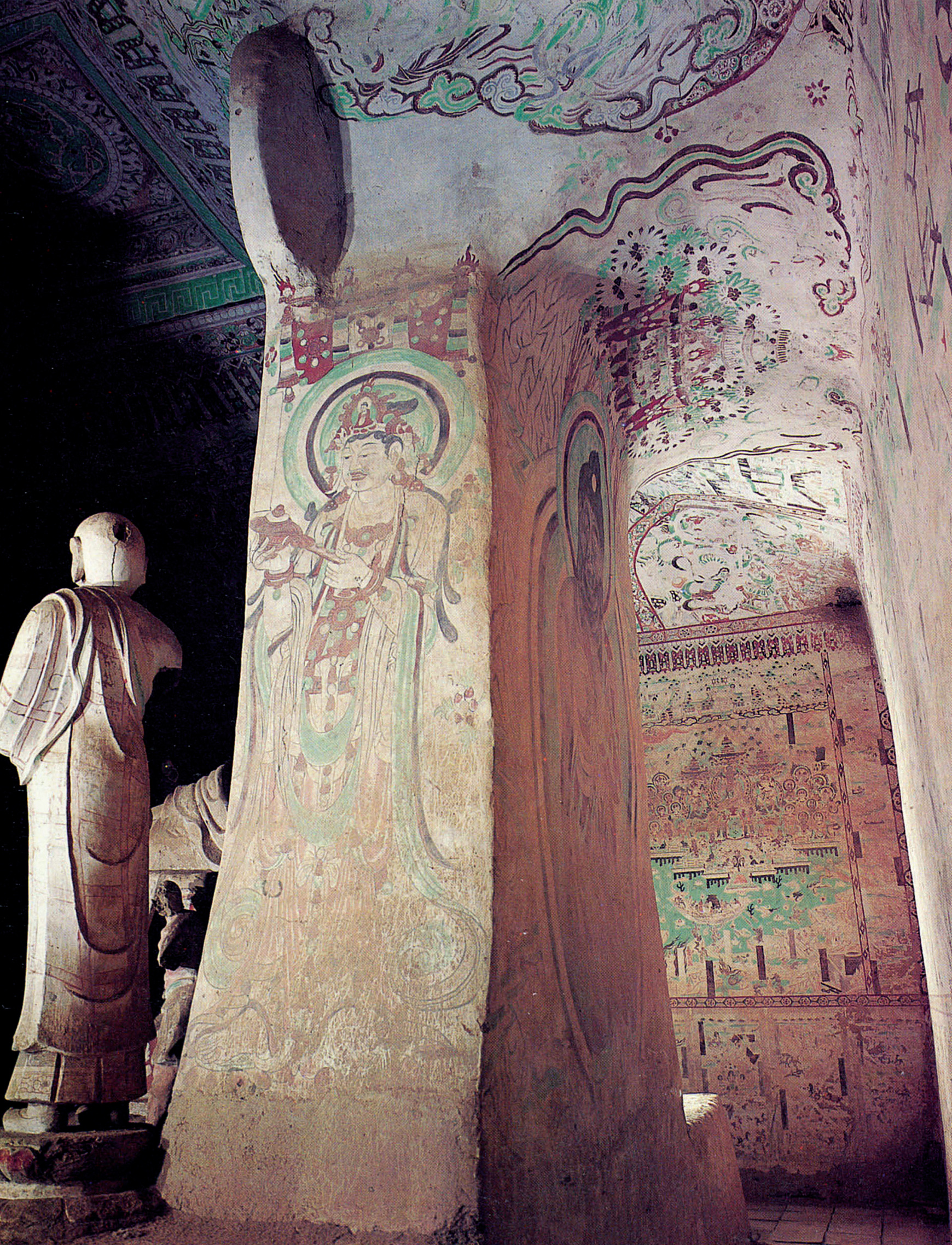
SPATIAL DUNHUANG
EXPERIENCING THE MOGAO CAVES
WU HUNG
UNIVERSITY OF WASHINGTON PRESS
Seattle
Spatial Dunhuang was published with the support of a grant from the Joseph and Lauren Allen Fund for Books on Asian Literature, Art, and Culture.

This book was made possible in part by a grant from Furthermore, a program of the J. M. Kaplan Fund.
Additional support was provided by the Chiang Ching-kuo Foundation for International Scholarly Exchange.
Copyright 2023 by the University of Washington Press
Composed in Adobe Text, typeface designed by Robert Slimbach
272725242354321
Printed and bound in South Korea
All rights reserved. No part of this publication may be reproduced or transmitted in any form or by any means, electronic or mechanical, including photocopy, recording, or any information storage or retrieval system, without permission in writing from the publisher.
UNIVERSITY OF WASHINGTON PRESS
uwapress.uw.edu
Library of Congress Cataloging-in-Publication Data
Names: Wu Hung, 1945 author.
Title: Spatial Dunhuang : experiencing the Mogao Caves / Wu Hung.
Description: Seattle : University of Washington Press, [2023] | Includes bibliographical references and index.
Identifiers: LCCN 2021056427 (print) | LCCN 2021056428 (ebook) | ISBN 9780295750200 (hardcover) | ISBN 9780295750217 (ebook)
Subjects: LCSH: Dunhuang Caves (China) | Sacred spaceChinaDunhuang Caves.
Classification: LCC DS797.28.D864 w77 2022 (print) | LCC DS797.28.D864 (ebook) | DDC 951/.45dc23/eng/20220405
LC record available at https://lccn.loc.gov/2021056427
LC ebook record available at https://lccn.loc.gov/2021056428
 This paper meets the requirements of ANSI/NISO Z39.48-1992 (Permanence of Paper).
This paper meets the requirements of ANSI/NISO Z39.48-1992 (Permanence of Paper).
To Wu Yunming, my sister
CONTENTS
ACKNOWLEDGMENTS
I am indebted to many people in writing this book. First of all, I have benefited enormously from many scholarshistorians, archaeologists, historians of religions and literature, cultural historians, and art historianswhose names and works appear throughout the book. Without their manifold contributions to the studies of Dunhuang history and Dunhuang art, it would have been impossible to pursue this project.
I especially want to express my gratitude to the Dunhuang Research Academy (Dunhuang Yanjiuyuan) for supporting my research over many years, from my first visit to the Mogao Caves as a student in the 1960s, to my later acquaintance with directors Duan Wenjie and Fan Jinshi, and to this day, when my own students have begun to publish books and essays on Dunhuang art. Especially after the academy appointed me adjunct researcher in 1999, our professional relationship has prompted me to engage more deeply in researching and teaching Dunhuang art. After receiving a grant from the National Endowment for the Humanities in 2019 to write the present book, I wrote to director Zhao Shengliang to express my hope to spend a few months at the Mogao Caves, to conduct fieldwork and to exchange ideas with scholars there. Although the pandemic unfortunately interrupted this plan, I want to thank Director Zhao for his crucial support, including providing a large number of images to be included in the book. Several scholars in the academy, especially professors Ma De and Zhang Xiaogang, have also given me invaluable help in locating images and references.
Throughout my teaching career from Harvard to the University of Chicago, I have offered courses on subjects related to Dunhuang art. A seminar course in 2018, focusing on the Mogao Caves and research methodology, was fundamental to the conceptualization of this book. All these courses provided me with opportunities to learn as well as teach, since students ideas and research have inevitably stimulated my thinking. I therefore want to express my thanks to all the students who took these courses.
My research assistant Zhenru Zhou, a doctoral candidate at the University of Chicago, has made many contributions to this book. As a young scholar specializing in Dunhuang art, she is very familiar with the materials discussed in these pages. I thus invited her to be the first reader of the books initial draft, and her responses played an important role in the further revisions of the manuscript. A professional architect, she is also responsible for many drawings in the book, as indicated individually in the credits. Her contributions to this book go far beyond what a normal research assistant would offer. Two other young scholars, Wei Jianpeng and Sizhao Yi, also provided indispensable support at different stages of the project. Bridget Elizabeth Noetzel collaborated with me to translate some of my manuscripts written in Chinese into English. I want to thank them all for their invaluable help.
I am fortunate to have the University of Washington Press as the publisher of this rather complicated book, whose interdisciplinary and multilinguistic aspects demand minute attention. During the lengthy process of the books preparation, I have constantly been impressed by the presss extraordinary professionalism on all levels. Among the people at the press who have been directly involved in this process, I want to especially thank executive editor Lorri Hagman and senior project editor Joeth Zucco for guiding the project through various stages, and I also want to express my appreciation to Jane Lichty, Jason Alley, Chad Attenborough, Ani Rucki, and Derek George for their indispensable contributions in bringing this book to fruition. Two anonymous reviewers provided invaluable suggestions. I want to express my deep gratitude to them as well.
Finally, I completed the first draft of the book at the Institute for Advanced Study (IAS) in Princeton, New Jersey, which accepted me as a visitor at the School of Historical Studies from February to August 2021, to accompany my wife, professor Judith Zeitlin, who was a regular fellow there. While the pandemic was invading the whole world and threatening humankind, I was so fortunate to find this piece of pure land in the institutes tranquil environment, to focus on this scholarly project, and to discuss it with Judith on our daily walks through the Institute Woods. My deep appreciation goes to IAS.
INTRODUCTION
Approaching the Mogao Caves
The scholarship of an era must have new materials and new questions. Utilizing these materials to explore questions gives rise to new trends in the scholarship of the time. Scholars who can participate in these trends are said to be yuliu (entering the currents, to borrow a phrase from Buddhism). Scholars who cannot participate in these trends are said to be buyuliu (not entering the currents). This is a constant principle in academic history past and present. It is not something that cloistered scholars would be able to comprehend.
CHEN YINKE, Chen Yuan Dunhuang jieyu lu xu
Written nearly a century ago, Chen Yinkes words can still be considered a constant principle in academic history past and present, but they require us to rethink the relationship between materials and questions in academic research.

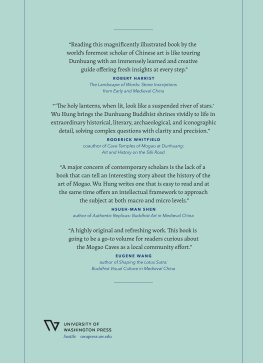
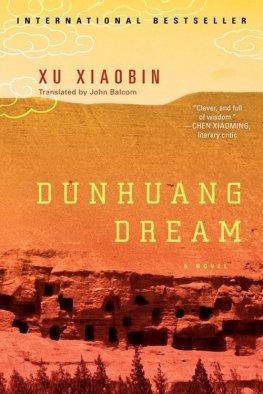
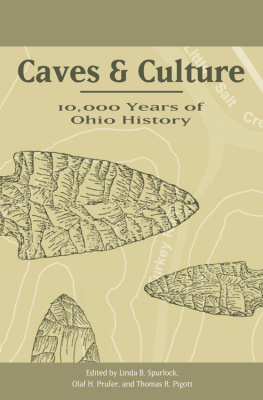
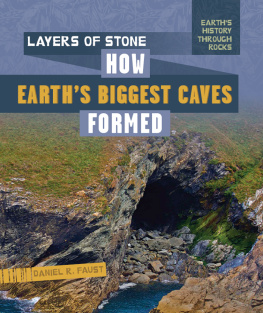
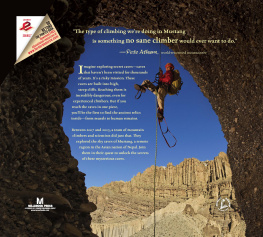
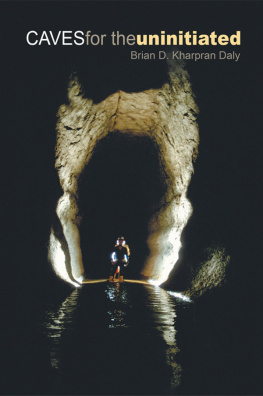
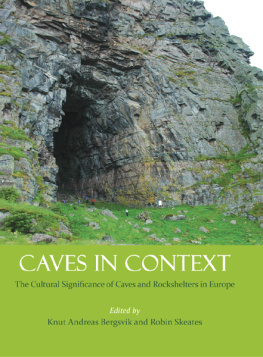
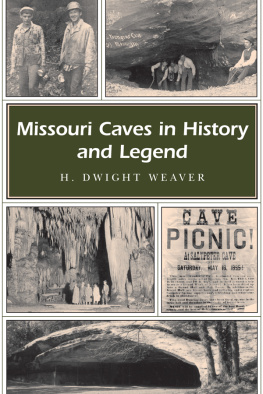
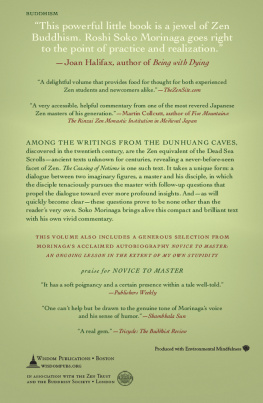
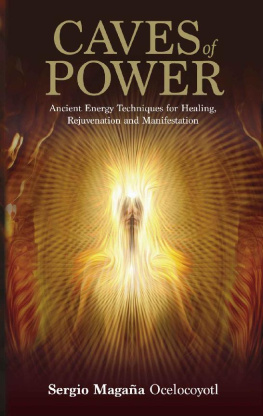
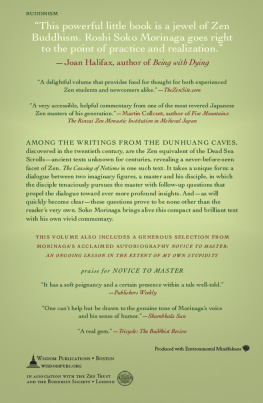

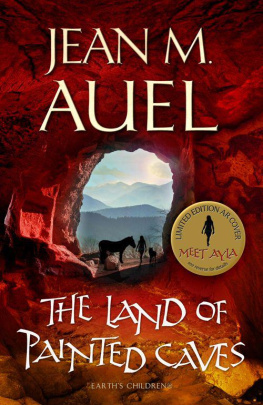
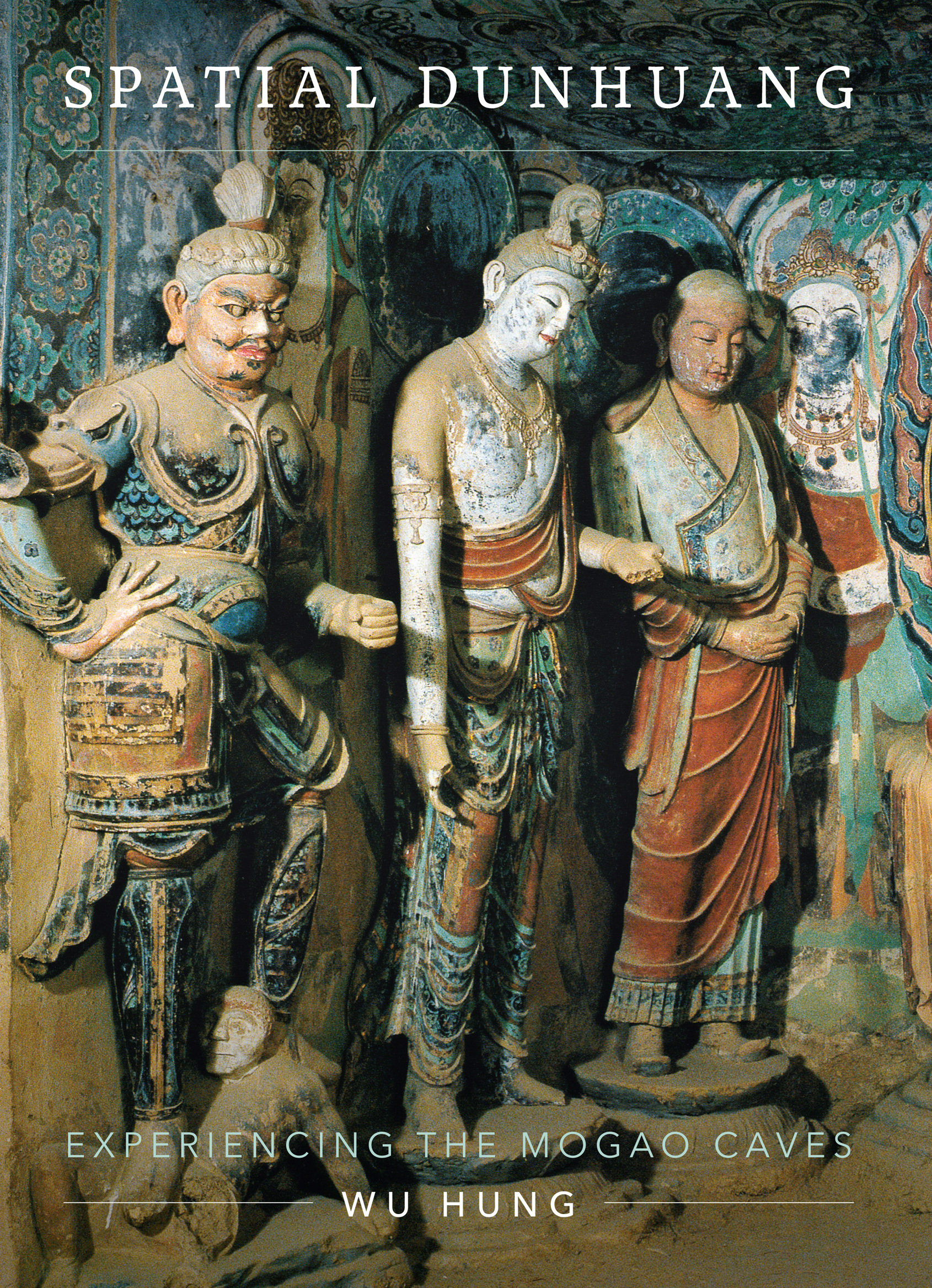


 This paper meets the requirements of ANSI/NISO Z39.48-1992 (Permanence of Paper).
This paper meets the requirements of ANSI/NISO Z39.48-1992 (Permanence of Paper).